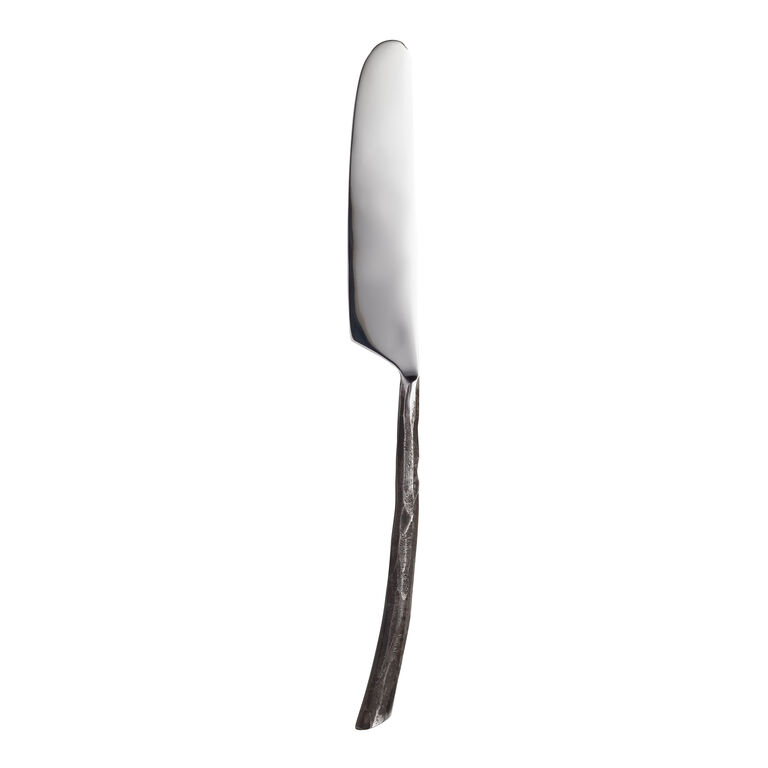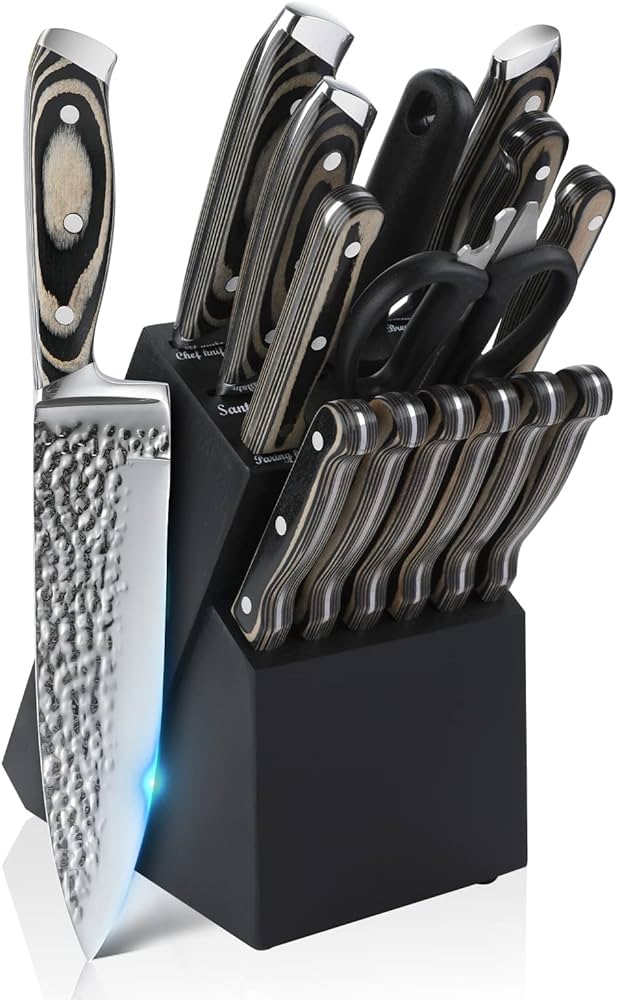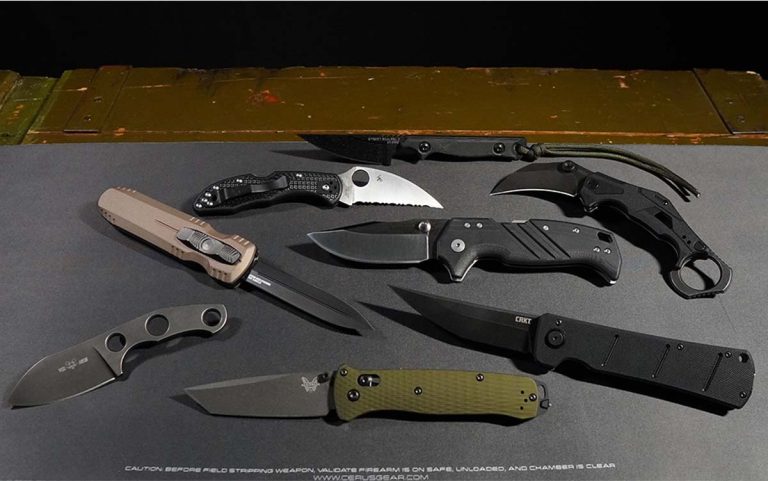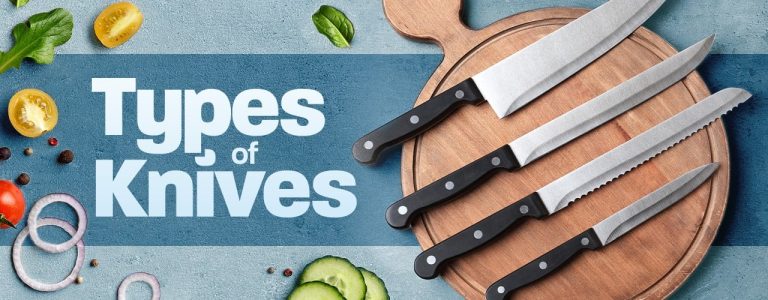Forging Your Own Path: Diy Hunting Knife Making
Forging your own path in DIY hunting knife making is an empowering journey that allows you to create a personalized tool tailored to your needs and preferences. With the satisfaction of crafting a high-quality, functional knife with your own hands, you can truly make it your own.
This article explores the art of DIY hunting knife making, providing insights into the process, techniques, and resources to help you get started on this rewarding venture. Whether you’re a seasoned hunter or an aspiring knife maker, this guide will equip you with the knowledge and inspiration to bring your vision to life and forge a blade that’s truly one-of-a-kind.
Finding Inspiration
When it comes to forging your own path in the world of hunting knife making, finding inspiration is key. Researching hunting knife designs can open up a wealth of ideas and possibilities. Exploring different blade styles allows you to understand the intricacies of each design, from the shape to the materials used. Gaining insights from expert knife makers can provide valuable knowledge and tips to elevate your skills.
Immerse yourself in the world of hunting knife making by delving into books, articles, and online forums that discuss various knife designs. Study the history, evolution, and practicality of different blade styles. Pay attention to the fine details and craftsmanship that make each design unique.
| Benefits of Researching Hunting Knife Designs | Insights from Expert Knife Makers |
|---|---|
| Expand your knowledge of knife making techniques | Learn about best practices and innovative techniques |
| Discover new and interesting blade shapes | Get valuable advice on choosing the right materials |
| Find inspiration for your own knife design | Gain insights into the artistry and aesthetics of knife making |
By immersing yourself in the world of hunting knife designs and seeking wisdom from experienced makers, you can fuel your creativity and take the first steps towards crafting your own unique hunting knife.
Gathering Your Materials
In DIY hunting knife making, the first step is gathering the necessary materials for your project. One crucial aspect to consider is choosing the right type of steel for your blade. There are various options available, each with its own unique characteristics and benefits. Take your time to research and select a steel that suits your needs and preferences.
Another important factor to consider is the handle material for your knife. The handle not only provides grip and comfort but also adds to the overall aesthetics of your creation. You can choose from a wide range of materials like wood, bone, synthetic, or even metal. Select the material that fits your style and complements the blade.
Equipping yourself with the essential tools is vital to ensure a successful DIY knife making project. While the specific tools may vary depending on the design and complexity of your knife, some basic tools are indispensable. These include a grinder, files, a drill, clamps, a vice, sandpaper, and a workbench. Make sure you have all the necessary tools at hand before starting your project.
Preparing The Blade
Preparing the Blade
Tempering and heat treatment are crucial steps in preparing the blade of your DIY hunting knife. Tempering involves heating the blade to a specific temperature and then cooling it rapidly to increase its hardness and durability. This process also helps relieve internal stresses that may have built up during forging.
Once the blade has been tempered, it’s time to move on to grinding and shaping. This step involves carefully removing excess material and shaping the blade according to your desired design. Take your time during this process to ensure the blade edges are symmetrical and the bevels are even.
After grinding and shaping, you’ll need to drill holes for rivets and pins to secure the handle. This allows you to attach the handle securely and ensure it withstands the rigors of hunting. Make sure to use appropriate drill bits and take accurate measurements to align the holes properly.

Credit: www.etsy.com
Crafting The Handle
When crafting the handle of your DIY hunting knife, there are a few key steps to follow. First, shaping and sanding the handle is crucial to create a comfortable grip. Use a rasp or file to shape the handle according to your preferences, ensuring it fits well within your hand. Sand the surface to smoothen any rough edges and create a polished finish.
Next, focus on customizing the handle for comfort. Consider adding finger grooves or texturing the surface to enhance grip. You can also incorporate materials such as leather, rubber, or paracord to provide an anti-slip feature. These additions not only improve functionality but also add a personalized touch to your knife.
Finally, attaching the handle to the blade requires careful attention. Ensure a tight fit by using epoxy adhesive or pins. If using pins, pre-drilling holes in both the handle and the tang is necessary. This will secure the handle firmly in place and prevent any movement during use.
| Key Points: |
| – Shape the handle using a rasp or file |
| – Sand the handle for a polished finish |
| – Customize the handle for comfort and grip |
| – Consider adding finger grooves or textured materials |
| – Attach the handle securely using epoxy adhesive or pins |
Finishing Touches
When it comes to diy hunting knife making, the finishing touches are what transform a homemade blade into a professional-quality tool. Sharpening the blade is a crucial step to ensure optimal performance in the field. Use a high-quality sharpening stone to maintain a sharp edge. Start by placing the blade at a consistent angle against the stone and apply even pressure as you slide it across in a steady motion. Repeat the process on both sides of the blade until you achieve the desired sharpness.
Applying a protective finish is essential to prevent rust and corrosion. Consider using a clear lacquer or oil-based coating that is specifically designed for knives. Apply the finish evenly to all exposed metal surfaces and allow it to dry thoroughly. This provides a protective barrier that extends the life of your blade.
Polishing the blade is the final step to give your diy hunting knife a professional look. Use a fine-grit sandpaper or polishing compound to remove any scratches or imperfections on the metal. Work in small circular motions, applying light pressure, until the blade achieves a smooth and shiny appearance.
Testing And Maintenance
Ensuring Proper Blade Alignment:
When it comes to testing and maintaining your DIY hunting knife, it’s crucial to ensure proper blade alignment. This ensures the knife functions correctly and prevents any potential issues during use. To test the knife’s functionality, carefully grasp the handle and perform various cutting motions, ensuring smooth and accurate performance. Regular maintenance is also essential for the longevity of your knife. Keep the blade clean and dry after each use to prevent rust and corrosion. Additionally, periodically check the blade alignment and tighten any loose screws or fittings. Proper blade alignment and regular maintenance are key to keeping your DIY hunting knife in top condition, ensuring optimal performance for all your outdoor adventures.
Showing Off Your Handmade Creation
<p>When it comes to showcasing your handmade creation, displaying it through quality **photography** can make all the difference. Capturing the details and craftsmanship of your **hunting knife** is essential to effectively **share your work on social media** and attract attention from knife enthusiasts worldwide. **Photographing your hunting knife** requires careful consideration of lighting, angles, and composition. Choose a well-lit area or utilize natural light to highlight the unique features and design of your knife. Experiment with different angles to emphasize the blade, handle, and any decorative elements. Consider using a tripod to ensure stability and focus. </p> <p>In addition to sharing your work on social media platforms such as Instagram, Facebook, and Twitter, consider engaging with **knife making communities**. These communities provide a platform for interaction, feedback, and inspiration from fellow knife enthusiasts and makers. Participate in forums, groups, and online discussions to connect with like-minded individuals who share your passion for knife making. Share your experiences, ask questions, and learn from others to improve your craft. Engaging with these communities not only allows you to showcase your handmade creation but also provides an opportunity for personal growth and networking within the knife making industry. Forge your own path in the world of **DIY hunting knife making** and enjoy the fulfillment of sharing your unique creations. </p>Taking Your Skills To The Next Level
Are you a hunting enthusiast looking to take your skills to the next level? **Advanced techniques for knife making** can help you forge your own path in the world of hunting knife craftsmanship. Not only will you be able to build a collection of custom knives that reflect your unique style and preferences, but you can also explore opportunities to **sell or trade** your creations.
By acquiring advanced techniques, you can elevate your knife making skills to a whole new level. Experimenting with different blade designs, handle materials, and decorative elements allows you to create knives that are truly one-of-a-kind. Whether you prefer a fixed blade or a folding knife, mastering advanced techniques empowers you to bring your visions to life.
Additionally, the ability to **sell or trade** your custom knives opens up exciting possibilities. You can establish your own brand, showcase your craftsmanship at hunting and outdoor expos, or even collaborate with other artisans in the industry. The demand for high-quality custom knives is ever-growing, and by honing your skills, you can capitalize on this market.
Embark on a journey of creativity and craftsmanship by exploring advanced knife-making techniques. Unleash your creativity, build a collection of custom knives, and seize opportunities to sell or trade your creations. With dedication and practice, you can create hunting knives that are not only functional tools but also true works of art.
Conclusion
In closing, embarking on the journey of DIY hunting knife making allows you to forge your own path in the hunting world. By crafting your own personalized hunting knife, you not only acquire a practical tool but also gain a sense of accomplishment and connection to the hunting experience.
Through the process, you deepen your knowledge of different knife-making techniques and materials, enabling you to create a knife that meets your specific needs and preferences. Additionally, this hands-on approach provides an opportunity to develop valuable skills and a greater appreciation for the artistry and craftsmanship involved in knife making.
As you continue to hone your skills, your homemade hunting knife becomes a testament to your passion and dedication. So, don’t hesitate to explore the world of DIY hunting knife making and embark on a rewarding and fulfilling journey of self-discovery.
Happy crafting and happy hunting!






